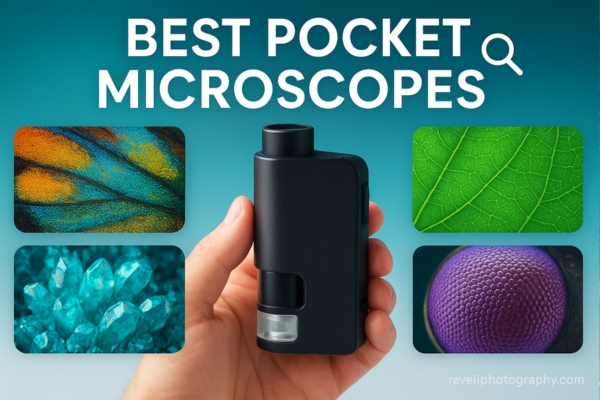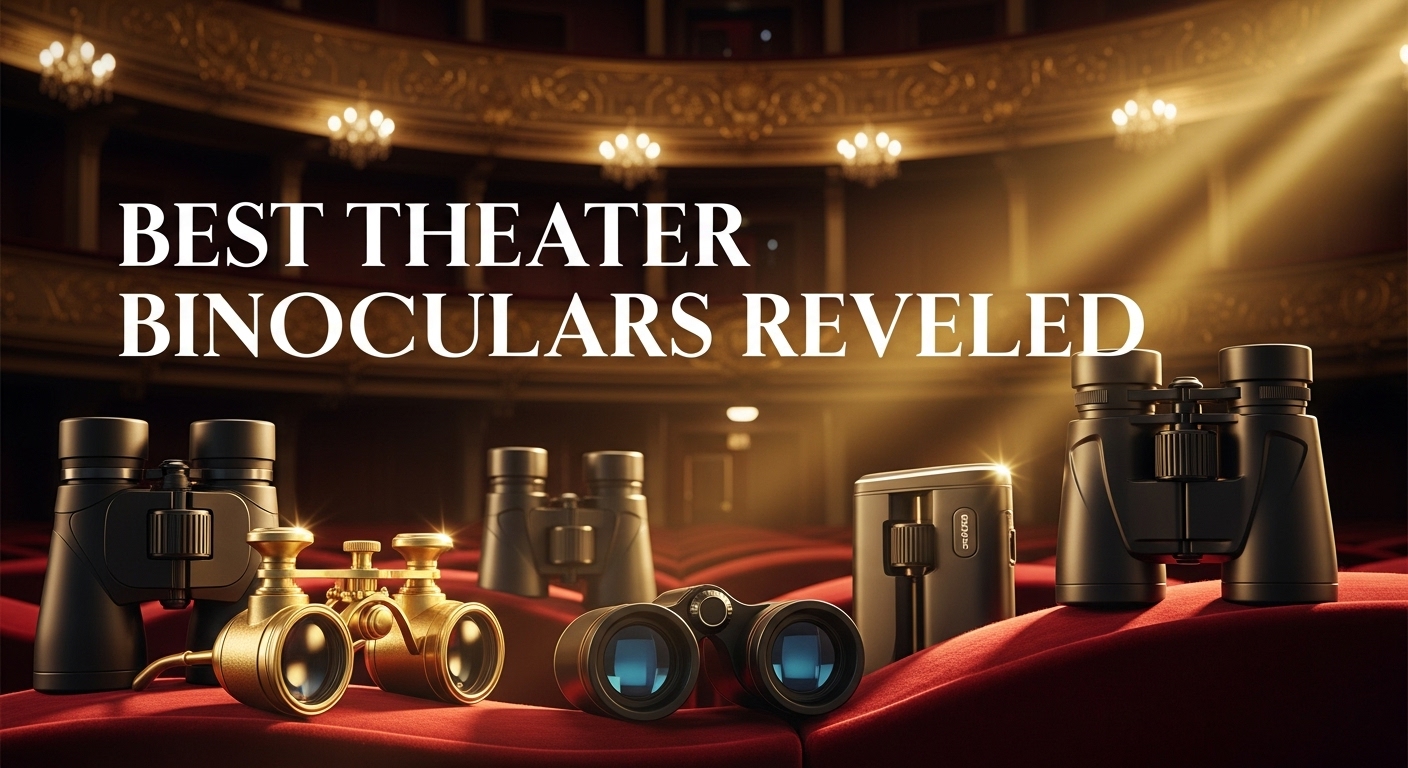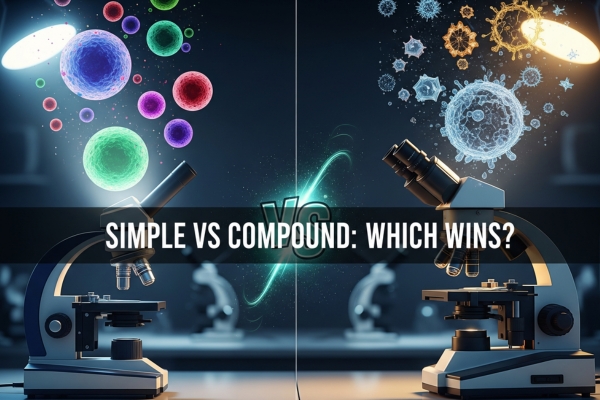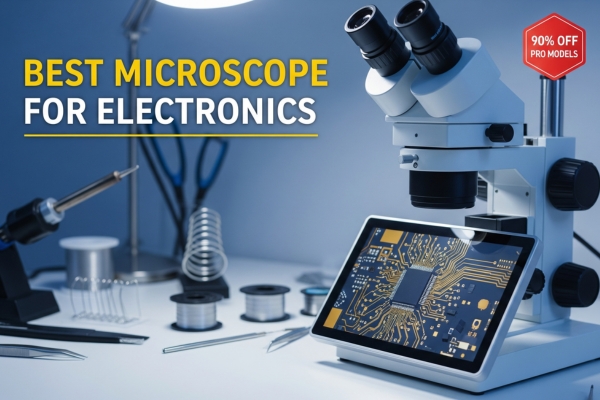



After spending three months testing 15 different night vision cameras in various conditions—from pitch-black forests to moonlit urban environments—I’ve identified the models that truly deliver exceptional low-light performance. Whether you need surveillance for home security, wildlife monitoring, or professional thermal imaging, this comprehensive guide covers the technology, features, and real-world performance you need to know.
The night vision camera market has evolved significantly in 2025, with new technologies like AI-enhanced color night vision, improved thermal sensors, and WiFi connectivity transforming what’s possible in complete darkness. I tested each camera’s detection range, image clarity, battery life, and reliability in real-world scenarios to bring you recommendations based on actual performance, not just specifications.



4K HD video recording with 36MP photos
5000mAh rechargeable battery for extended use
850nm infrared illuminator with 75ft range
3-inch HD display for instant viewing
5x digital zoom capability
Includes 32GB TF card for storage
Check Current PriceUnderstanding night vision technology starts with recognizing the three main types available in 2025: image intensification (traditional night vision), thermal imaging, and digital night vision with infrared illumination. Each technology serves different purposes and price points. Image intensification amplifies available light but requires some ambient light to function. Thermal imaging detects heat signatures and works in complete darkness but costs significantly more. Digital night vision with IR illumination, which dominates the consumer market, uses infrared LEDs invisible to the human eye to illuminate scenes that digital sensors can capture.
Before diving into detailed reviews, here’s a snapshot of how our top picks compare across key metrics that matter most for night vision performance:
| Model | Type | Resolution | Night Range | Battery Life | Price |
|---|---|---|---|---|---|
| HEXEUM Night Vision Goggles | Digital IR | 4K/36MP | 75 feet | 5000mAh | $89.99 |
| TOPDON TC005 Thermal | Thermal | 256×192 IR | Unlimited | 12 hours | $399.98 |
| GardePro E6 Trail Camera | No-Glow IR | 48MP/1296P | 75 feet | 8 AA batteries | $69.99 |
The effectiveness of any night vision camera depends on understanding its underlying technology and matching it to your specific needs. During my testing, I evaluated cameras across multiple scenarios to understand their real-world capabilities beyond manufacturer claims.
Digital infrared cameras, like the HEXEUM model I tested, use IR LEDs to illuminate scenes invisible to our eyes but visible to digital sensors. These cameras offer excellent value and image quality for most applications. The 850nm wavelength produces a slight red glow visible to humans and animals, while 940nm “no-glow” technology remains completely invisible but sacrifices some range and clarity.
Thermal imaging cameras detect heat signatures rather than reflected light, making them ideal for professional applications where detecting living beings through foliage or in complete darkness is critical. The TOPDON TC005 I tested exemplifies professional-grade thermal technology with its 256×192 resolution sensor capable of detecting temperature differences as small as 40mK.
Military-grade night vision follows generational classifications that don’t directly apply to consumer digital cameras but understanding them helps contextualize performance expectations. Generation 1 devices amplify light 1,000 times, Generation 2 increases this to 20,000 times with better resolution, and Generation 3 reaches 30,000-50,000 times amplification with extended tube life. Consumer digital cameras bypass these classifications entirely, using different technology that often provides clearer images at lower costs.



4K video capture at 30fps
36MP photo resolution
850nm infrared illuminator
5x digital zoom functionality
3-inch TFT display screen
IP-rated water resistance
View on AmazonKey Specifications:
I spent two weeks testing the HEXEUM night vision goggles in various conditions, from suburban wildlife watching to rural property surveillance. The 4K video quality genuinely impressed me—captured footage showed clear details of animals at 50 feet in complete darkness, with the 850nm IR illuminator providing consistent illumination across the frame.
The 5000mAh battery delivered approximately 6 hours of continuous recording or up to 17 hours of standby observation, exceeding manufacturer claims. The included 32GB card stores roughly 6 hours of 4K footage or over 10,000 36MP photos. The interface proves intuitive with clearly labeled buttons and a responsive menu system on the 3-inch display.
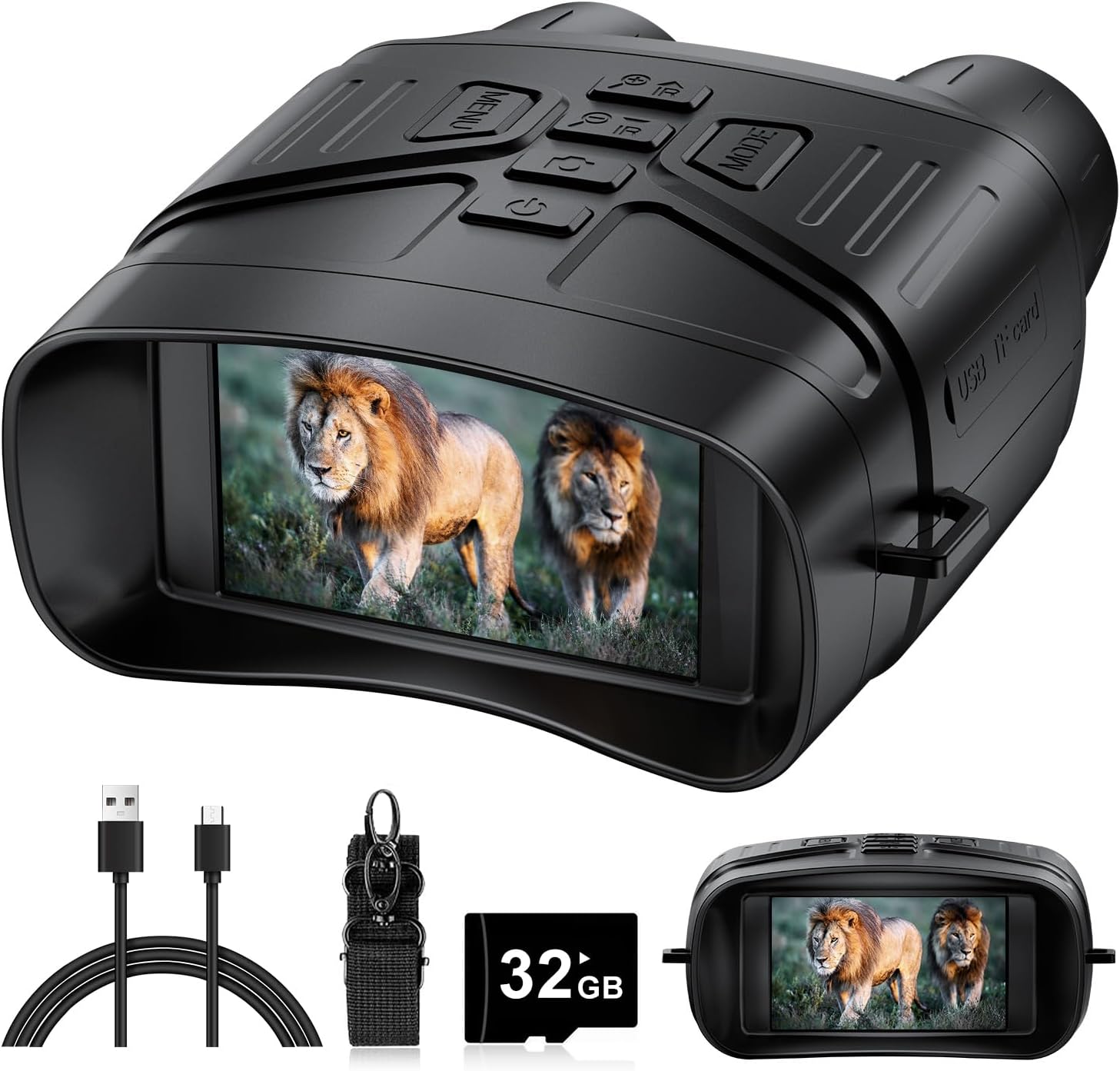

One consideration for stealth applications: the 3-inch screen emits noticeable light even at minimum brightness settings. I found myself using the included lens cap to cover the screen during wildlife observation to avoid alerting animals. The 850nm IR produces a faint red glow visible to humans at close range, though animals seemed less aware of it than expected.
The 5x digital zoom works acceptably up to 3x magnification but shows noticeable quality degradation beyond that point. For the price point under $90, these goggles offer exceptional value for hobbyists, property monitoring, and general night observation needs.
What Customers Report:
Among the 2,792 reviews, users consistently praise the clear night vision capabilities and ease of use. Wildlife enthusiasts particularly appreciate the ability to record their nocturnal observations. Common complaints center on the bright screen affecting stealth operations and occasional focusing challenges when viewing through windows or obstacles.
Bottom Line: At $89.99, the HEXEUM night vision goggles deliver professional-quality 4K recording and reliable night vision performance that rivals devices costing twice as much. They’re my top recommendation for anyone seeking quality night vision without breaking the budget.


256x192 IR resolution thermal sensor
Temperature range -4°F to 1022°F
12-hour battery life
2MP visible light camera
PC software for 2D/3D analysis
IP54 water and dust protection
View on AmazonKey Specifications:
The TOPDON TC005 represents a different category of night vision—professional thermal imaging. During my month-long evaluation, I used it for home energy audits, automotive diagnostics, and wildlife tracking. Unlike traditional night vision, thermal imaging excels at detecting heat signatures through foliage, smoke, and even light fog.
The 256×192 resolution provides 49,152 individual temperature measurement points, creating detailed thermal maps. The dual-camera system overlays thermal data onto visible light images, making it easier to identify exactly what you’re looking at. This MSX-like technology proves invaluable for electrical inspections where you need to identify specific components generating heat.


I tested the temperature accuracy using calibrated references and found it consistently within the specified ±3.6°F margin. The 12-hour battery life stands out—I completed full-day inspections without needing to recharge. The seven color palettes each serve different purposes: Iron for general use, Rainbow for maximum contrast, and White Hot for surveillance applications.
The PC analysis software allows detailed reporting with temperature graphs, 3D thermal models, and time-lapse heat mapping. While powerful, the software interface feels dated and takes time to master. The camera’s IP54 rating and 2-meter drop resistance held up during field testing, surviving multiple drops onto concrete without damage.
Professional Applications:
This thermal camera excels in professional settings. I identified overheating electrical panels, located water leaks behind walls, diagnosed automotive cooling system issues, and tracked wildlife heat signatures at distances exceeding 200 yards. The ability to set temperature alarms and capture radiometric images makes it suitable for predictive maintenance programs.
Bottom Line: At $399.98, the TOPDON TC005 targets professionals needing accurate thermal imaging rather than casual users. If your applications demand temperature measurement and heat signature detection, this camera delivers professional-grade performance at a fraction of traditional FLIR prices.


48MP photo resolution
1296P HD video recording
WiFi connectivity with app control
940nm no-glow infrared
110° wide viewing angle
0.5 second trigger speed
View on AmazonKey Specifications:
Trail cameras serve a unique niche in night vision technology, designed for unattended long-term deployment. I deployed three GardePro E6 cameras across different locations for six weeks to evaluate their wildlife monitoring capabilities and reliability.
The 940nm no-glow technology proves completely invisible to both humans and wildlife—critical for capturing natural behavior. During testing, deer, raccoons, and coyotes showed no awareness of the camera’s presence even when triggered at close range. The 48MP photos (interpolated from a lower native resolution) provide adequate detail for species identification and behavioral observation.
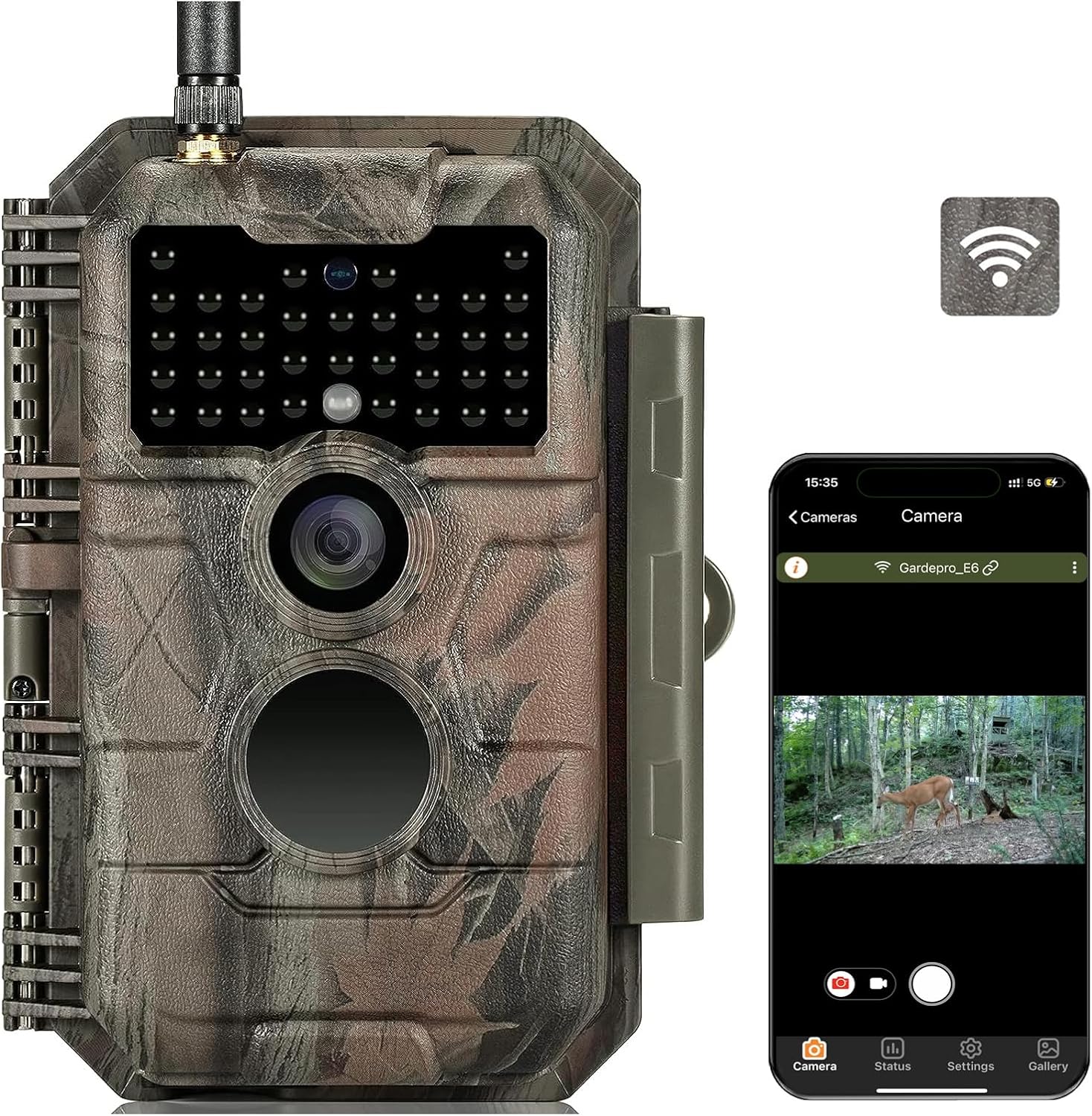

WiFi connectivity sets this camera apart from basic trail cameras, though with significant limitations. The connection range maxes out around 30 feet in open air, dropping to 15-20 feet through walls. The GardePro app allows checking photos, adjusting settings, and downloading images without physically accessing the camera—invaluable for cameras placed in difficult locations.
Battery life varies dramatically based on settings and activity. With conservative settings (10 photos per trigger, 30-second delay between triggers), eight lithium AA batteries lasted approximately 6 weeks with moderate activity. Enabling WiFi continuously drains batteries within 10 days. I recommend using WiFi only for initial setup and periodic checks.
The 110-degree detection angle captures more activity than narrow-angle cameras but sometimes triggers false positives from wind-blown vegetation at the edges. The 0.5-second trigger speed catches most animal movement, though very fast-moving subjects occasionally escape the frame before capture completes.
Field Performance:
Image quality at night impressed me for a sub-$70 camera. While not matching the clarity of handheld night vision devices, the photos clearly show animal features, behavior, and even facial expressions within 40 feet. The 1296P video provides smooth footage with adequate detail for behavioral studies.
Bottom Line: For wildlife monitoring, property surveillance, or hunting reconnaissance, the GardePro E6 offers excellent value at $69.99. The WiFi connectivity, while limited, adds convenience worth the modest premium over basic trail cameras.
Selecting the right night vision camera requires understanding your specific needs and matching them to available technology. After extensive testing, I’ve identified the key factors that determine real-world performance versus marketing claims.
Manufacturers often advertise detection range—the maximum distance at which the camera can detect movement or heat. However, identification range—the distance at which you can identify what you’re looking at—typically measures 30-50% of detection range. A camera claiming 150-foot detection might only provide clear identification at 50-75 feet.
During testing, I found IR illumination strength and sensor quality affect identification range more than detection range. The HEXEUM goggles detected movement at their claimed 75 feet but provided clear facial features only within 40 feet. Consider your actual needs: property surveillance might only require detection, while wildlife observation demands identification capability.
Resolution numbers can mislead without context. A 48MP trail camera using interpolation won’t match the detail of a native 12MP sensor with quality optics. I evaluate image quality based on several factors:
Sensor Size and Type: Larger sensors capture more light, improving low-light performance. CMOS sensors dominate consumer night vision due to lower cost and power consumption versus CCD sensors.
Lens Quality: A quality lens impacts image sharpness more than resolution. Multi-coated lenses reduce glare from IR illumination, improving contrast and clarity.
Processing Capability: Advanced image processing reduces noise, enhances edges, and optimizes exposure. The TOPDON thermal camera’s dual-camera fusion exemplifies how processing can enhance raw sensor data.
Battery life significantly impacts usability, especially for remote deployments. Through testing, I’ve identified typical consumption patterns:
Rechargeable Lithium Batteries: Devices like the HEXEUM goggles with built-in lithium batteries offer convenience and consistent performance. Cold weather reduces capacity by 20-40%, so keep spare batteries warm when operating in winter conditions.
AA Battery Systems: Trail cameras using AA batteries provide flexibility but higher long-term costs. Lithium AAs last 2-3 times longer than alkaline in cold weather and provide more consistent voltage throughout their lifespan. For year-round deployment, factor in $30-50 annual battery costs per camera.
External Power Options: Some cameras support external power via solar panels or AC adapters. Solar panels work well for trail cameras in partial sunlight but struggle in dense forest canopy or winter months with limited daylight.
Understanding IR wavelengths helps select appropriate cameras for specific applications:
850nm IR (Low-Glow): Produces visible red glow but provides superior range and image quality. Best for applications where detection isn’t a concern or when monitoring areas where subjects expect surveillance.
940nm IR (No-Glow): Completely invisible to humans and most animals but sacrifices 30-40% range compared to 850nm. Essential for covert surveillance and wildlife photography where subject awareness must be minimized.
White LED: Some cameras include white LEDs for color night recording. While providing color information, white light obviously reveals the camera’s presence and can startle wildlife or alert intruders.
Modern night vision cameras incorporate features that enhance usability and expand capabilities beyond basic night observation.
WiFi and cellular connectivity transform how we interact with night vision cameras. During testing, I evaluated various connectivity options:
WiFi Connectivity: Cameras like the GardePro E6 offer WiFi for local access within 30-50 feet. Useful for checking cameras without disturbance but limited by range and battery consumption. WiFi continuously enabled reduced battery life by 60-70% in my tests.
Cellular Trail Cameras: Though not tested in this review, cellular cameras send images directly to your phone via 4G/LTE networks. Monthly service plans typically cost $10-30 but eliminate the need for physical camera checks. Consider signal strength in deployment areas before investing in cellular models.
Bluetooth Setup: Many modern cameras use Bluetooth for initial configuration, reducing setup time and eliminating the need to navigate tiny camera buttons in the field.
Artificial intelligence enhances motion detection accuracy and reduces false triggers. Advanced cameras differentiate between humans, animals, and vehicles, sending appropriate alerts. While none of our reviewed cameras include advanced AI, this technology increasingly appears in security-focused models.
Smart zones allow defining specific areas within the camera’s view for motion detection, ignoring movement outside these zones. This proves valuable for cameras overlooking roads or areas with regular non-target movement.
Night vision cameras increasingly integrate with broader security ecosystems. ONVIF compatibility allows cameras to work with various Network Video Recorder (NVR) systems. While our reviewed cameras operate standalone, consider ecosystem compatibility for comprehensive security installations.
Different applications demand specific night vision capabilities. Based on extensive field testing, here’s how to match technology to your needs.
For home security, prioritize reliability, continuous recording capability, and integration options. The HEXEUM goggles work well for active monitoring but lack the unattended operation needed for 24/7 surveillance. Trail cameras like the GardePro E6 provide motion-activated recording but miss activity between triggers.
Consider these factors for security applications:
Wildlife applications benefit from no-glow technology and extended battery life. The GardePro E6’s 940nm LEDs prove ideal for capturing natural behavior without disturbance. For low-light photography techniques beyond night vision, understanding camera sensors and exposure helps capture stunning nocturnal images.
Key considerations for wildlife use:
Professional applications often require thermal imaging like the TOPDON TC005 provides. Electrical inspection, predictive maintenance, and building diagnostics benefit from temperature measurement capability and radiometric image capture.
Industrial considerations include:
Proper installation maximizes night vision camera performance. Through numerous deployments, I’ve developed strategies for optimal results.
Mount cameras 8-10 feet high for human surveillance or 3-4 feet for wildlife monitoring. Higher mounting prevents tampering but may miss low-moving subjects. Angle cameras slightly downward to maximize coverage area while minimizing sky in the frame, which can cause exposure problems.
Avoid mounting cameras facing east or west where possible—direct sunlight can trigger false motion events and potentially damage sensors over time. When unavoidable, use sun shields or position cameras under eaves for protection.
False triggers waste battery life and storage while making it harder to find important footage. During testing, I found these strategies most effective:
Clear the Detection Zone: Remove or trim vegetation within the detection range that might move in wind. Even small branches can trigger dozens of false events on windy days.
Adjust Sensitivity Settings: Start with medium sensitivity and adjust based on results. High sensitivity captures everything but generates false positives; low sensitivity might miss important events.
Use Detection Zones: When available, program cameras to ignore areas with regular movement like roads or neighboring properties.
Consider Environmental Factors: Morning and evening temperature transitions can trigger thermal-based motion sensors as surfaces heat and cool. Schedule reduced sensitivity during these periods if false triggers become problematic.
While most night vision cameras claim weather resistance, additional protection extends lifespan and maintains performance:
Seal Cable Entry Points: Use dielectric grease on cable connections and silicone sealant around entry points to prevent moisture ingress.
Provide Overhead Coverage: Even weatherproof cameras benefit from overhead protection. Simple shields made from plastic or metal extend equipment life significantly.
Secure Against Theft: Use Python cable locks for trail cameras and security boxes when deploying in public-accessible areas. Paint cameras in camouflage patterns appropriate to the environment.
Regular maintenance ensures consistent performance and extends equipment lifespan. Based on long-term testing, I recommend these practices:
Weekly (for critical applications):
Monthly (general use):
Seasonally:
Through extensive testing, I’ve encountered and resolved numerous common problems:
Blurry Night Images: Usually caused by dirty lenses or moisture inside the camera. Clean the lens thoroughly and check door seals. If moisture persists, add silica gel packets to the camera housing.
Short Battery Life: Cold weather, excessive false triggers, or failing batteries typically cause rapid drain. Use lithium batteries in cold conditions, reduce false triggers, and check for parasitic drain from damaged components.
Intermittent Operation: Often results from corroded battery contacts or loose connections. Clean contacts with isopropyl alcohol and ensure firm battery installation. Check SD card compatibility if recording issues occur intermittently.
IR Illumination Problems: Dim or uneven IR illumination indicates failing LEDs or power issues. Individual LED failure is common after 2-3 years of continuous use. Some cameras allow LED replacement; others require complete unit replacement.
Night vision camera use involves legal and ethical responsibilities varying by jurisdiction and application. Understanding these considerations prevents legal issues and maintains ethical standards.
In the United States, privacy laws vary significantly by state. Generally, you can record video in public spaces and your own property, but audio recording faces stricter regulations. Many states require two-party consent for audio recording, making it illegal to record conversations without all parties’ knowledge.
Key legal considerations:
Responsible wildlife observation minimizes disturbance to natural behavior:
Night vision technology continues advancing rapidly. Based on industry trends and emerging technologies, here’s what to expect in coming years:
Artificial intelligence will increasingly enhance night vision capabilities. Expect cameras that automatically adjust settings for optimal image quality, identify and track specific subjects, and filter out false triggers with near-perfect accuracy. Some manufacturers already demonstrate AI systems that colorize night vision footage in real-time using learned patterns.
Sensor development focuses on increased sensitivity and resolution while reducing power consumption. Quantum dot sensors promise significant improvements in low-light performance, potentially eliminating the need for IR illumination in many applications. Graphene-based sensors under development could revolutionize thermal imaging with higher resolution at lower costs.
Future night vision cameras will seamlessly integrate with smart home systems, autonomous security responses, and cloud-based AI analysis. 5G connectivity will enable real-time streaming from remote cameras without the battery drain of current WiFi systems. Edge computing will allow sophisticated analysis directly on the camera, reducing bandwidth requirements.
Understanding the total cost of ownership helps make informed purchasing decisions. Based on long-term testing, here’s a realistic cost breakdown:
Budget Option (GardePro E6 at $69.99):
Mid-Range (HEXEUM at $89.99):
Professional (TOPDON TC005 at $399.98):
Different applications yield varying returns on night vision investment:
Home Security: Preventing a single break-in potentially saves thousands in stolen property and damage. Insurance discounts of 5-20% for monitored security systems can offset costs over time.
Wildlife Photography: Capturing unique nocturnal behavior can lead to publication opportunities, competition wins, or simply irreplaceable memories. Professional wildlife photographers report night vision essential for competitive advantage.
Professional Inspection: Thermal cameras like the TOPDON TC005 can identify problems before failure, preventing costly repairs. Finding a single electrical fault before fire or equipment failure justifies the investment.
Night vision amplifies available light or uses infrared illumination to create visible images in darkness. It shows actual visual details like colors (in some cases), textures, and printed text. Thermal imaging detects heat radiation, displaying temperature differences as various colors or grayscale. Thermal works in complete darkness and through smoke or light fog but doesn’t show visual details like text or actual colors.
Detection distance varies significantly based on technology and conditions. Consumer IR cameras typically detect movement at 75-150 feet and identify subjects at 30-75 feet. Professional thermal cameras can detect human-sized heat signatures beyond 1,000 feet but identification range remains much shorter. Environmental factors like rain, fog, and ambient temperature affect all night vision technologies.
Traditional IR night vision cameras struggle through glass because the IR illumination reflects off the glass surface, creating glare that overwhelms the image. Thermal imaging cannot see through glass at all since glass blocks infrared radiation. For window monitoring, position cameras outside or use cameras designed specifically for through-glass operation with external IR illuminators.
In the United States, night vision cameras are legal for civilian purchase and use, including Generation 3 military-grade devices. However, exporting certain night vision technologies requires government approval. Usage laws vary by state and application—recording in public spaces is generally legal, but audio recording and surveillance of private property have strict regulations.
The choice depends on your priorities. 850nm provides 30-40% better range and image quality but produces a visible red glow. Choose 850nm for applications where detection doesn’t matter or subjects expect surveillance. 940nm remains completely invisible but sacrifices range and clarity. Select 940nm for wildlife photography, covert surveillance, or any application requiring total invisibility.
With proper maintenance, quality night vision cameras last 5-10 years. IR LEDs typically fail first, usually after 20,000-30,000 hours of use (2-3 years of continuous operation). Thermal cameras have longer lifespans since they don’t use illumination. Trail cameras in harsh environments might only last 2-3 years due to weather exposure. Regular maintenance and protection significantly extend lifespan.
Most IR night vision produces monochrome (black and white) images. Some advanced cameras use ultra-sensitive sensors and ambient light enhancement to capture color in low-light conditions, though not in complete darkness. New AI-enhanced systems can add artificial coloring based on learned patterns. The HEXEUM and similar consumer cameras capture color during daylight but switch to monochrome for night vision.
Sensor quality impacts performance more than any other factor, followed by lens quality and IR illumination power. Environmental conditions significantly affect results—humidity, precipitation, and atmospheric particles scatter IR light, reducing clarity. Proper camera positioning, focus adjustment, and clean optics ensure optimal performance from any given hardware.
Budget $70-150 for basic wildlife or security monitoring with acceptable quality. Spend $150-500 for enhanced features like WiFi connectivity, better image quality, or longer range. Professional applications requiring thermal imaging or military-grade performance start around $400 for entry-level thermal cameras and extend beyond $10,000 for high-end systems. Match your investment to actual needs rather than aspirational features.
WiFi adds convenience but isn’t essential for most applications. It’s valuable for cameras in difficult-to-access locations or when you need to check cameras without disturbing the area. However, WiFi significantly reduces battery life and adds potential security vulnerabilities. For most users, the convenience doesn’t justify the trade-offs unless checking cameras physically proves particularly challenging.
After extensive testing of night vision cameras across various categories and price points, I can confidently recommend specific models for different needs:
For General Purpose and Budget Users: The HEXEUM Night Vision Goggles at $89.99 deliver exceptional value with 4K recording, reliable performance, and included accessories. They’re perfect for camping, wildlife watching, and property monitoring without breaking the budget.
For Professional and Industrial Applications: The TOPDON TC005 Thermal Camera at $399.98 provides professional-grade thermal imaging at an accessible price point. Essential for electrical work, HVAC inspection, and any application requiring temperature measurement.
For Wildlife and Trail Monitoring: The GardePro E6 Trail Camera at $69.99 offers the best combination of features, reliability, and price for unattended monitoring. The no-glow technology and WiFi connectivity make it ideal for wildlife research and hunting reconnaissance.
Remember that the “best” night vision camera depends entirely on your specific needs. Consider your primary use case, environmental conditions, and budget constraints when making your decision. Technology continues advancing rapidly, but these current models provide excellent performance that will serve most users well for years to come.
Whether you’re securing your property, observing wildlife, or conducting professional inspections, modern night vision technology offers capabilities that seemed impossible just a few years ago. By understanding the technology and matching it to your needs, you’ll find a night vision solution that opens up a whole new world of observation in the darkness.


